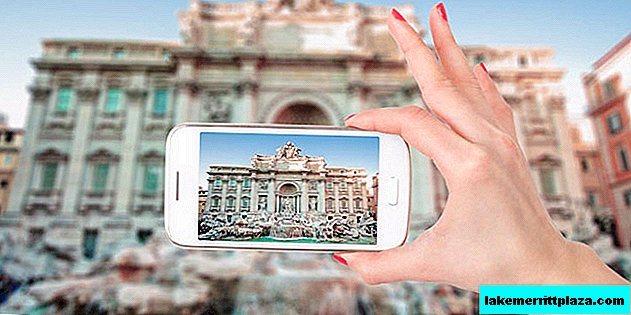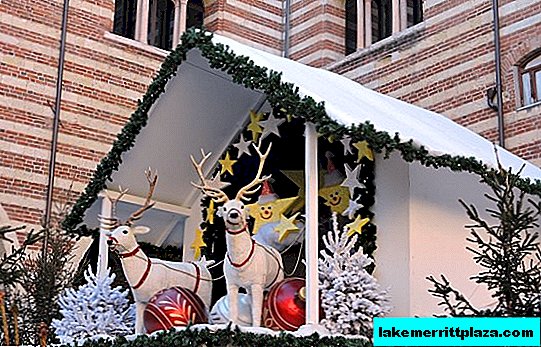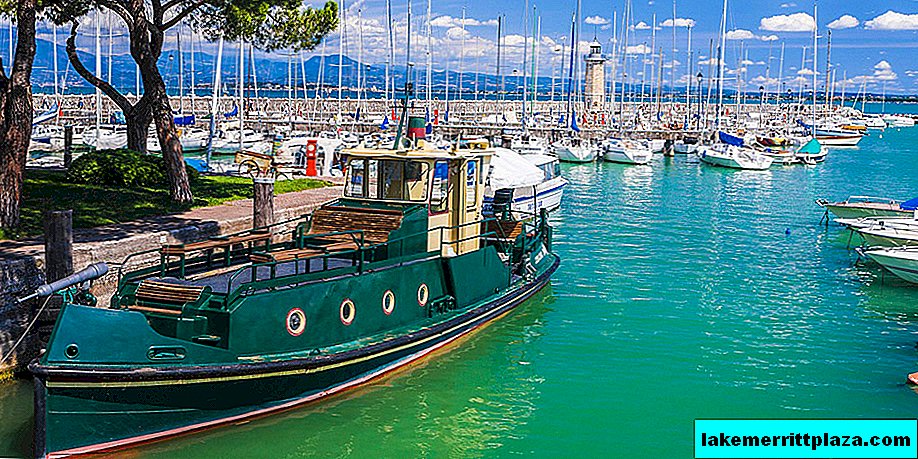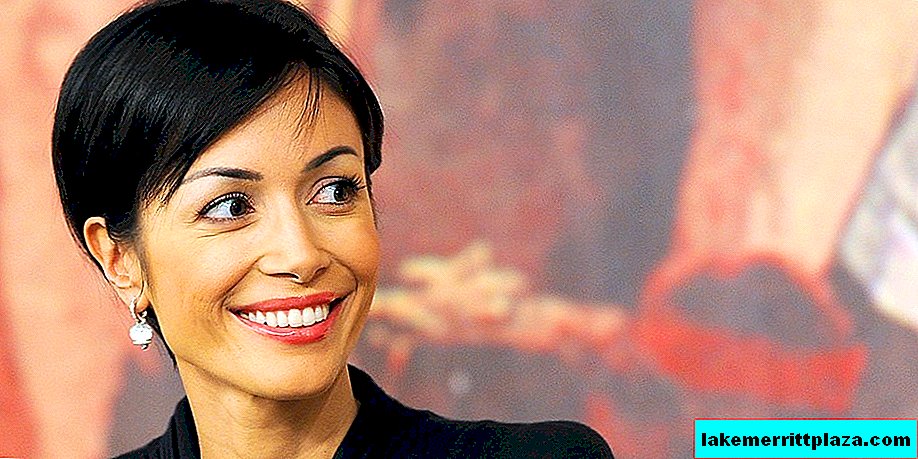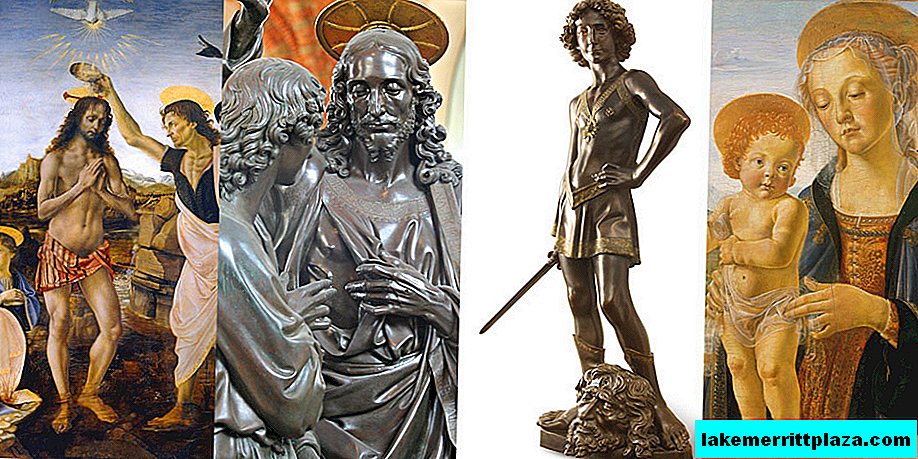Lindstedt Palace - part of the Potsdam ensemble of parks and palaces, is protected by UNESCO. Today, there are lectures, concerts, readings, dinners, receptions and weddings.
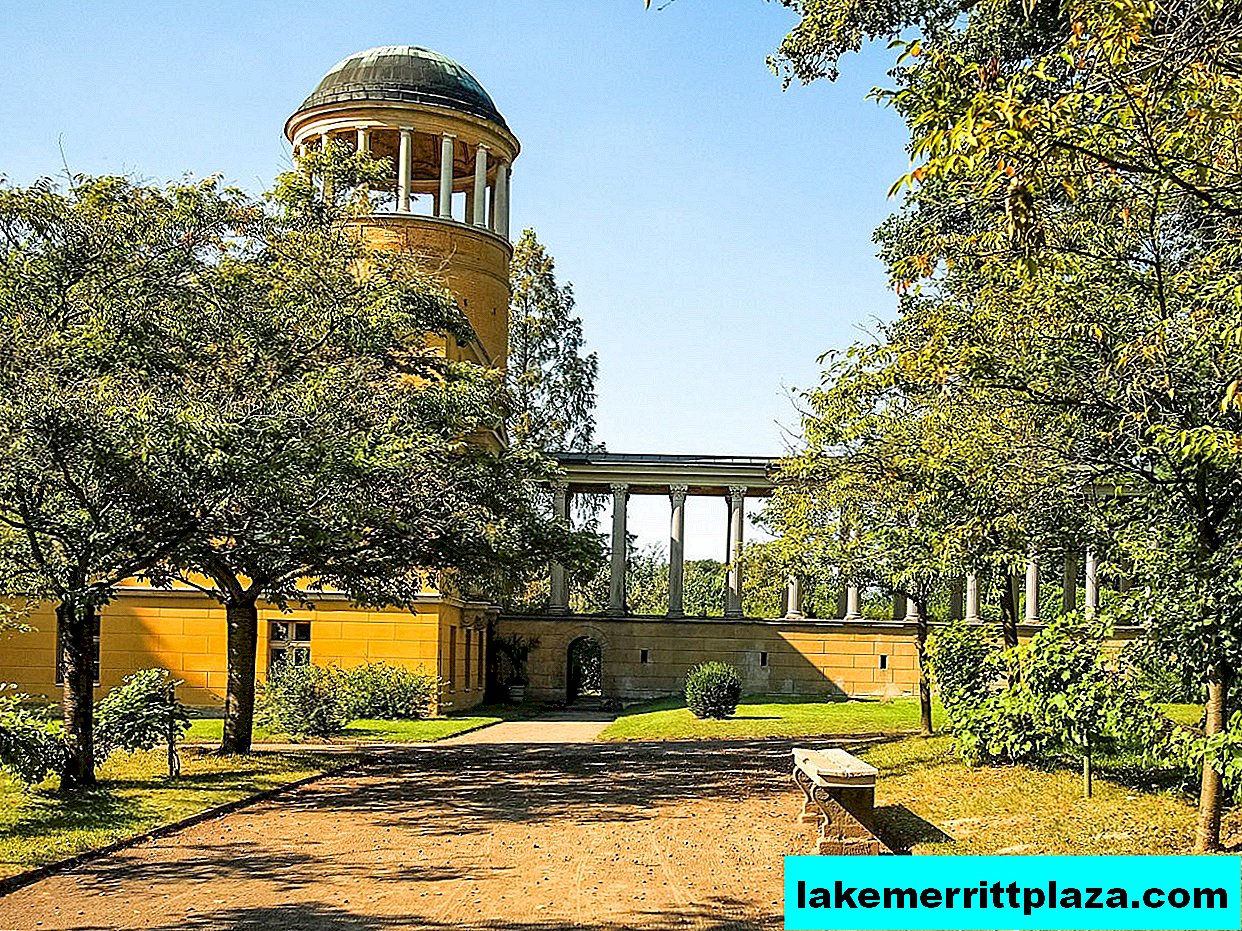
Lindstedt Palace (Schloss Lindstedt), photo tel33
Schloss Lindstedt Palace and the park, built by Frederick William IV in 1858-1860, are part of the Potsdam ensemble of parks and palaces.
History of construction
The history of the palace began with the fact that Frederick William III acquired a small estate in which carp were bred. The remains of the ponds have survived to this day. Frederick William IV liked this place, and he decided to build a residence in the style of an antique villa, where he could live his last years. Whether he lived there or not is unknown, but the construction was no longer with him.

The extension in the form of a temple, photo tel33
Despite the fact that four architects worked on the project, the work dragged on. The construction was done in the late classical style and consists of the main building, a tower with a gazebo and an annex in the form of a temple. The building body is connected to the Lindtshetter Highway by a colonnade. The components as a whole do not produce a single impression, but it is clear that the architects tried to imitate Italian classics. The garden created by Peter Joseph Lenne offers excellent perspectives on the palace, located on a hill.
How was the palace used?




Lindstedt Palace was used for various purposes. There was a quarantine for children during cholera, the estate was rented by government officials, from 1918 to 1944 the family of Erich von Falkenhayn, the chief of the General Staff, lived here. In the 50s the Botanical Institute was located in the palace, in the 80s - the Institute of Forensic Medicine. Since 1996, the palace has been managed by the Prussian Gardens and Palaces Fund. Lindstedt Palace as part of a general park ensemble is under the protection of UNESCO.
Today, the palace and garden are the perfect venue for lectures, small concerts, readings, dinners, receptions and weddings.
How do I save on hotels?
Everything is very simple - look not only at the booking. I prefer the search engine RoomGuru. He is looking for discounts at the same time on Booking and on 70 other booking sites.

